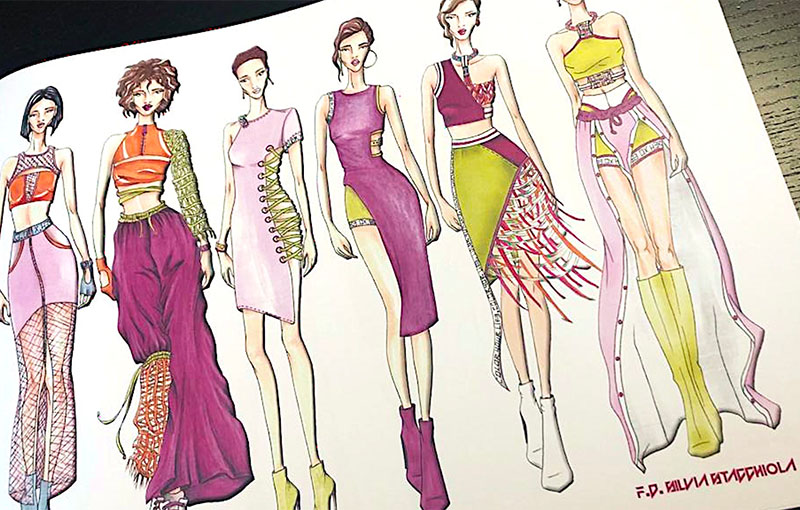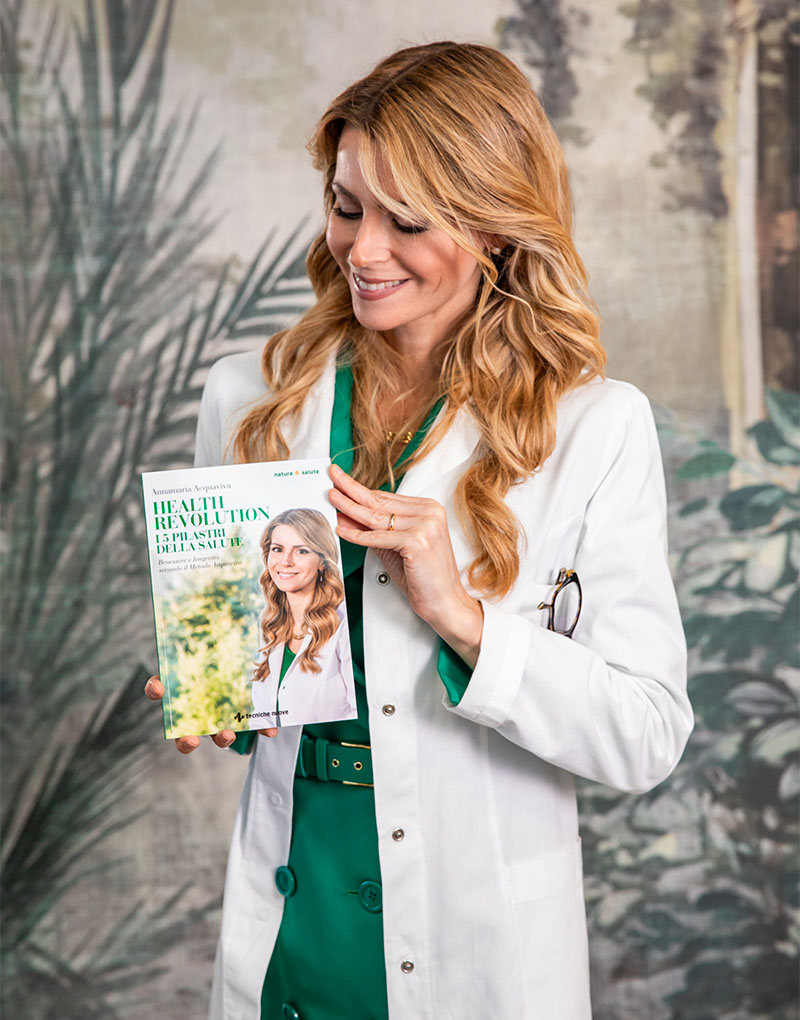
Mindful Glamour
Have you ever thought that what you wear is not just about aesthetics, functionality, or comfort? This a question I often ask my patients. In fact, it has been scientifically proven that clothing can have a profound impact on our mental and emotional well-being.
The daily choice of what to wear goes beyond aesthetics, influencing our self-confidence and even our mood.
Do I wnat to be like Margot Robbie? Uniqueness is a winning strategy!
I often meet people who want to drastically change their bodies and ask me for diets or fitness goals that are unrealistic. Aspiring to models that are too far from our physical constitution can become a source of frustration. We can successfully work on body recomposition (working on fat or muscles), but some inherent characteristics cannot be changed. These make us unique and special, but are often mistakenly perceived as flaws. So what?
There is no point in destroying yourself with overly strict diets or exercises in order to achieve a stereotypical ideal of beauty that does not belong to our body type!
Throughout history, aesthetic standards have always changed, and if we think of famous people considered beautiful, from Cleopatra to Marilyn Monroe, from Sophia Loren to Manuela Arcuri, we see how beauty cannot be rigidly confined within certain standards, especially excessive thinness.
“Nothing makes a woman more beautiful than the conviction of being beautiful.”
It is important to know your body, make it as healthy and as harmonious as possible, and love it with all its characteristics, learning to make the most of your own traits. Understanding body shape we have (apple, pear, pepper…) or which colors suit our complexion is essential for self-esteem and self-appreciation.
I always remind my patients that taking care of our posture is crucial for our health, but also for looking and feeling more confident.
Constitutional characteristics vary from person to person. By playing with fabrics and fashions, colors, and patterns, it is possible to create an individual style that feels harmonious and makes us feel at ease. Often, just a different outfit, the right pattern, and the right color is enough to make us feel beautiful. I discussed how to dress according to one’s body type in this post and in my book “Health Revolution: The 5 Pillars of Health.”
Individual Expression and Authenticity
Clothing is also a means through which we can express our unique identity and personal values. It’s a form of communication. A uniform, for example, immediately identifies person’s professionalism. When I wear a lab coat in my office, rather than a structured jacket at a work event or more casual clothes, I immediately represent or convey a message.
A study published in Social Psychological and Personality Science reveals that the clothing we wear, such as formal attire, greatly influences how we are perceived, not only by others, but it also helps us feel more confident and thus facilitates social interactions.
The Power of Colors
Colors, textures, and clothing styles can have a direct impact on our mood. A study conducted by psychologist Prof. Karen Pine, author of Mind What You Wear: The Psychology of Fashion, revealed that participants who wore bright and colorful clothes reported an increase in energy and a better mood.
Elegance is the only beauty that never fades (Audrey Hepburn)
Elegance should not be about appearance, but the expression of our authenticity and personal values. Wearing a beautiful dress that doesn’t feel right for us creates a sense of dissonance and definitely undermines our self-esteem.
Wearing a 15 heel can be perfect for a romantic date, but only if we don’t stumble!
Elegance does not mean being a fashion victim, it means being appropriate to the situation, and one’s personality. It also means showing respect for others, adapting to other cultures when we are guests in a new place.
Today’s fashion also has a focus on environmental sustainability, and it is worth the effort to chose clothes that respect the environment and the working conditions in the production cycle.
Fashion, Art, and Culture
Fashion is also a form of art and culture. Both in terms of craftsmanship—because well-designed and embroidered garments become true works of art—and because they represent cultures, trends, and styles that evolve over time. This is why we find magnificent clothes in famous museums.
Designers, in this sense, are true artists who use the finest materials for beautiful and endearing garments, often inspired by artworks and collections from other designers. Clothing can be a canvas on which stories, cultural traditions, and personal narratives are painted.
Image Consulting
For all these reasons, within the remise-en-forme programs I offer to my patients, according to the method I have formulated, I propose an image counseling with a specialist.
My mother used to tell me that taking care of our appearance and clothing should not be an exercise in vanity, but an act of self-love first and foremost. And it also functions like the vase of flowers she used to place on her balcony, a gesture pleasing to everyone.
We can thus choose an outfit with a new awareness: Mindful Glamour, to restore the essence of elegance and beauty, which are nothing but a reflection an inner harmony.
Sources:
Slepian, M. L., Ferber, S. N., Gold, J. M., & Rutchick, A. M. (2015). The Cognitive Consequences of Formal Clothing. Social Psychological and Personality Science, 6(6), 661-668.
Can I help you?
Health Revolution: the 5 pillars of health
The book where I collected tools and strategies to apply my scientific method based on the 5 pillars of health.
How to achieve balance between body and mind, helping us face life's challenges.





